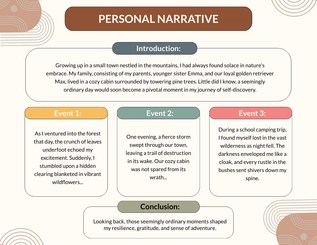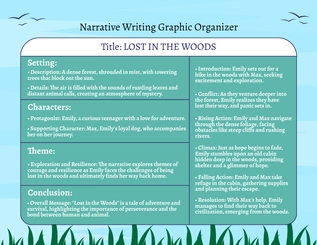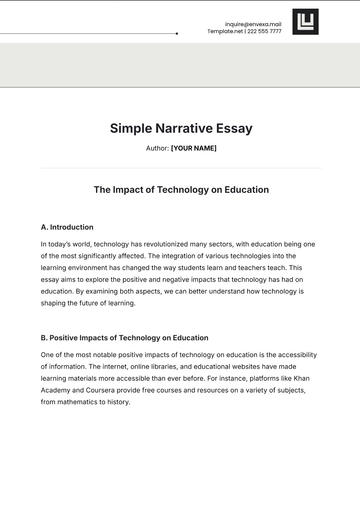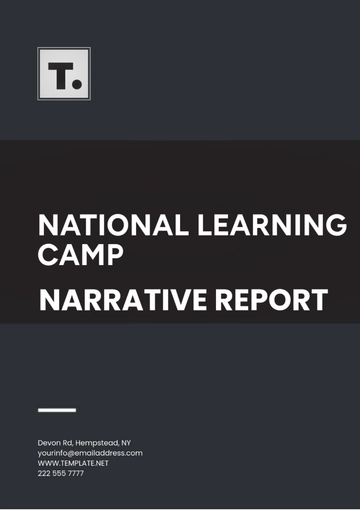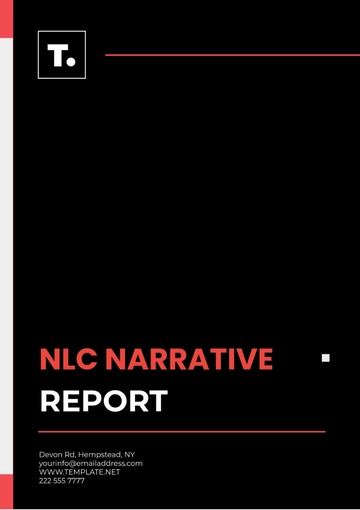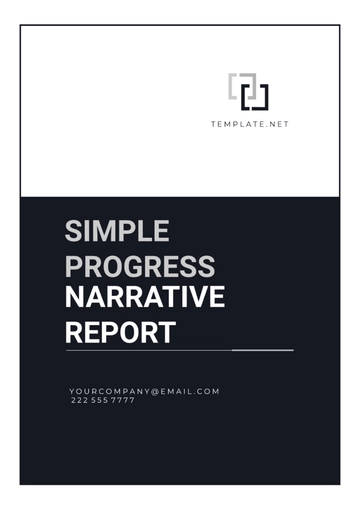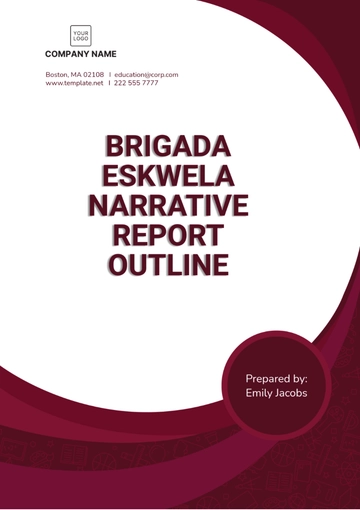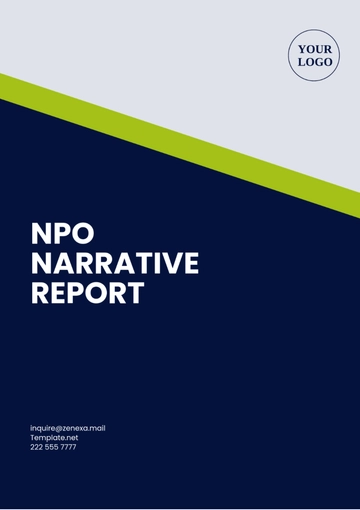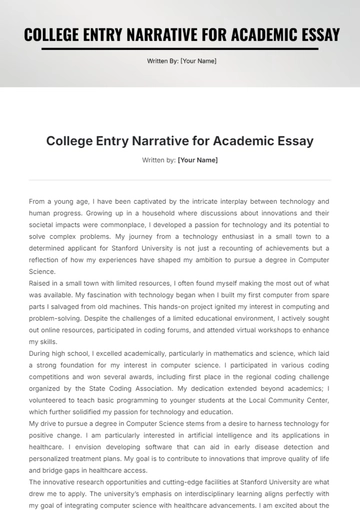Free Narrative Ethnography

Written By: [Your Name]
Title: Stories of Resilience: Life in a Small Town Amidst Economic Change
I. Introduction
In the small, once-bustling town of Millville, the echoes of its industrial past still resonate through its quiet streets and vacant storefronts. This narrative ethnography explores the lives of Millville's residents, capturing their stories as they navigate the challenges of economic decline and community transformation.
II. Background
Millville, a town with a population of just over 5,000, was once a thriving hub for textile manufacturing. The decline of the industry over the past two decades has led to significant economic hardships, with many residents struggling to find stable employment. This study delves into the lived experiences of Millville’s residents, seeking to understand how they perceive and respond to the changes around them.
III. Methodology
Data was collected through in-depth interviews with 15 residents of Millville, ranging in age from 25 to 75. These interviews were complemented by participant observation during community events and daily interactions. The narrative approach allowed for a rich, detailed portrayal of individuals’ experiences and the meanings they assign to their lives.
IV. Narratives
A. Clara Thompson: A Stitch in Time
Clara Thompson, a 68-year-old former textile worker, reminisces about her years working at the Millville Textile Factory. “When I was young, we had the best jobs here,” Clara recalls with a wistful smile. “Everyone had work, and the whole town felt alive.” Clara’s narrative reflects a deep sense of loss and nostalgia but also resilience. Despite the factory’s closure, Clara has adapted by turning her sewing skills into a small business, creating handcrafted quilts that she sells at local markets. Her story is one of adaptation and hope, highlighting the personal and economic challenges of a changing town.
B. Jake Roberts: The New Frontier
Jake Roberts, a 32-year-old entrepreneur, represents a new generation in Millville. After the factory closures, Jake saw an opportunity where others saw despair. “I wanted to bring something new to the town,” Jake explains. He opened a tech repair shop, drawing on skills he learned while working in a larger city. Jake’s narrative is one of innovation and optimism. He believes that Millville can reinvent itself and sees his business as a cornerstone for future growth. His story illustrates the potential for renewal and the diverse ways individuals can contribute to their communities.
C. Linda Johnson: Bridging the Generations
Linda Johnson, a 45-year-old teacher, bridges the generational gap in Millville. She has observed firsthand the impact of economic decline on her students and their families. “Many of my students are dealing with things I never had to worry about,” Linda notes. Her narrative centers around her efforts to support her students and their families through challenging times. Linda’s work reflects a commitment to education as a means of fostering resilience and hope for future generations.
V. Analysis
The narratives of Millville’s residents illustrate a complex interplay of nostalgia, adaptation, and hope. Clara’s story underscores the emotional impact of economic change, while Jake’s experience highlights the role of innovation in community revitalization. Linda’s narrative reveals the intergenerational aspects of economic hardship and the importance of education in mitigating its effects.
VI. Conclusion
The stories of Millville’s residents offer valuable insights into the lived experiences of those facing economic transition. By capturing these personal narratives, this ethnography provides a nuanced understanding of how individuals and communities navigate change. The resilience and adaptability of Millville’s residents serve as a testament to their strength and hope for a brighter future.
- 100% Customizable, free editor
- Access 1 Million+ Templates, photo’s & graphics
- Download or share as a template
- Click and replace photos, graphics, text, backgrounds
- Resize, crop, AI write & more
- Access advanced editor
Capture personal stories with Template.net’s Narrative Ethnography Template. This editable and customizable template is ideal for documenting lived experiences in a structured narrative format. Easily editable in our AI Editor Tool, it’s designed for researchers who need a reliable framework for storytelling in ethnographic studies. Tailor it to your specific narrative research project with ease.
